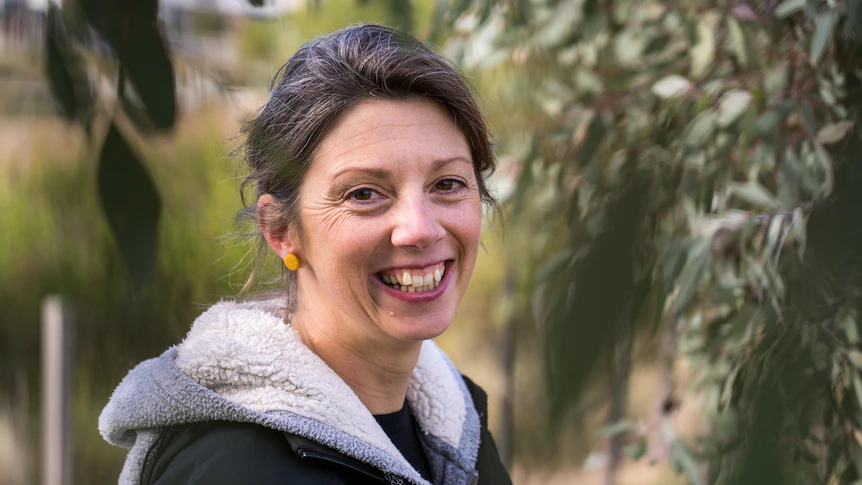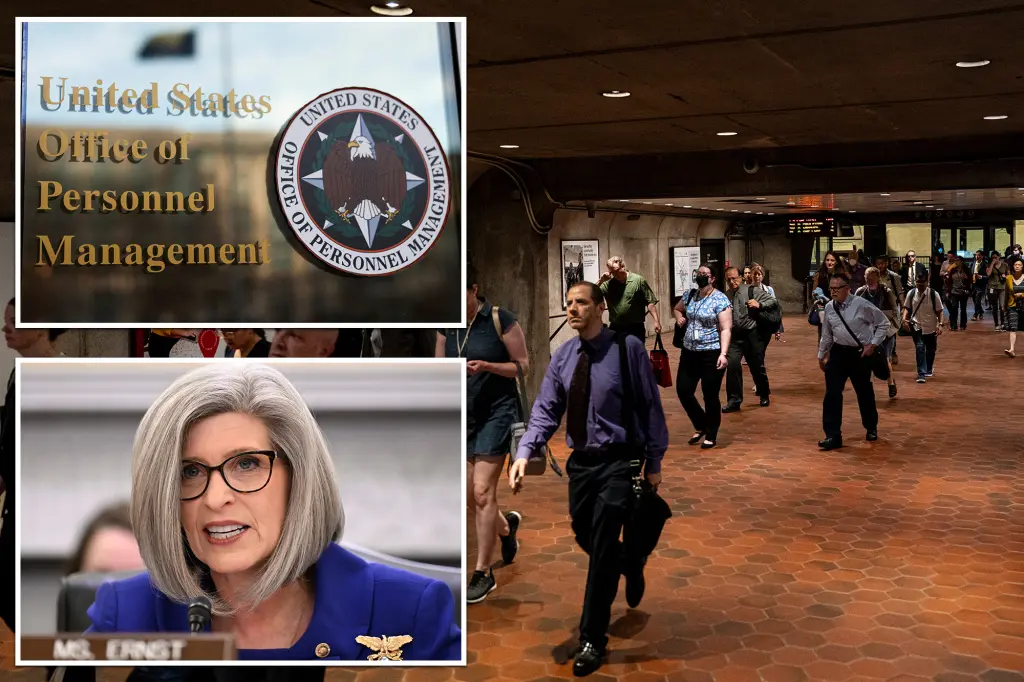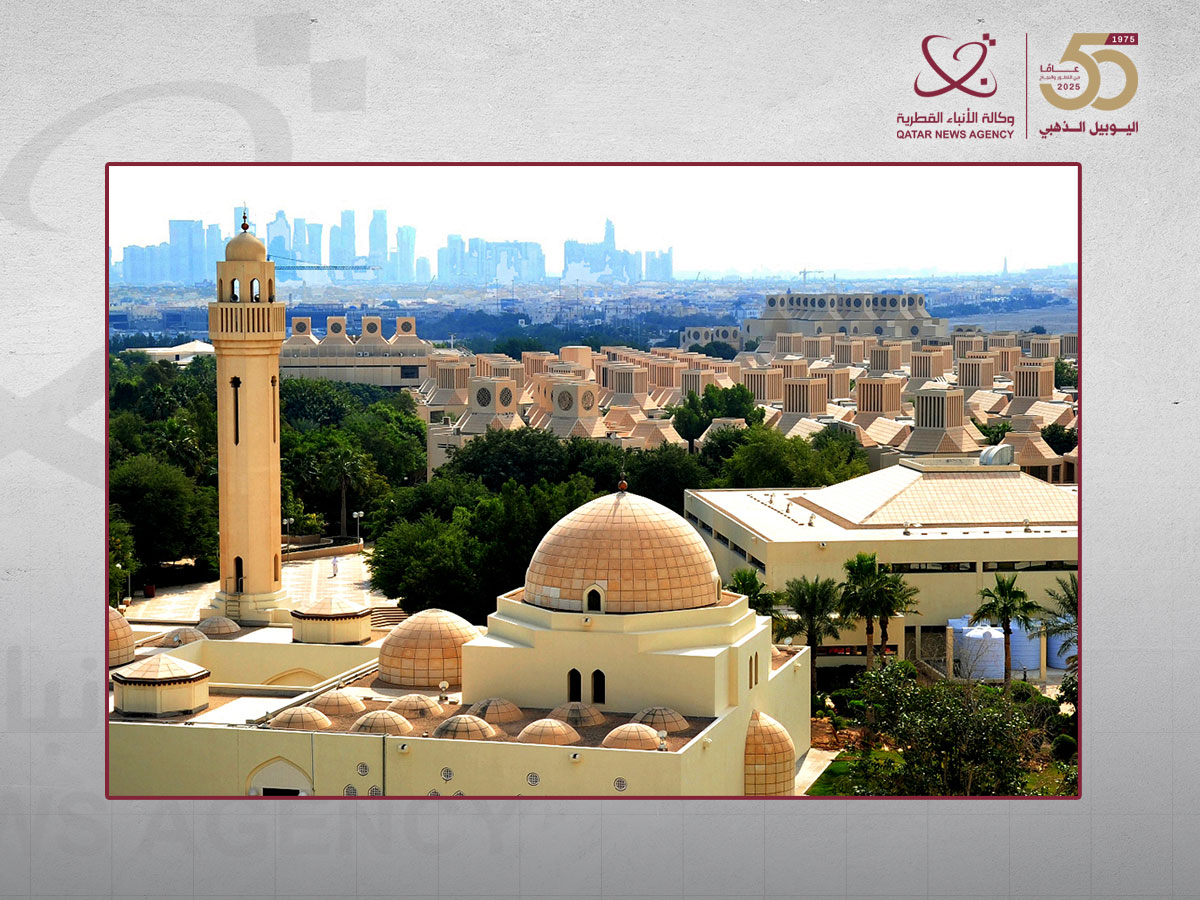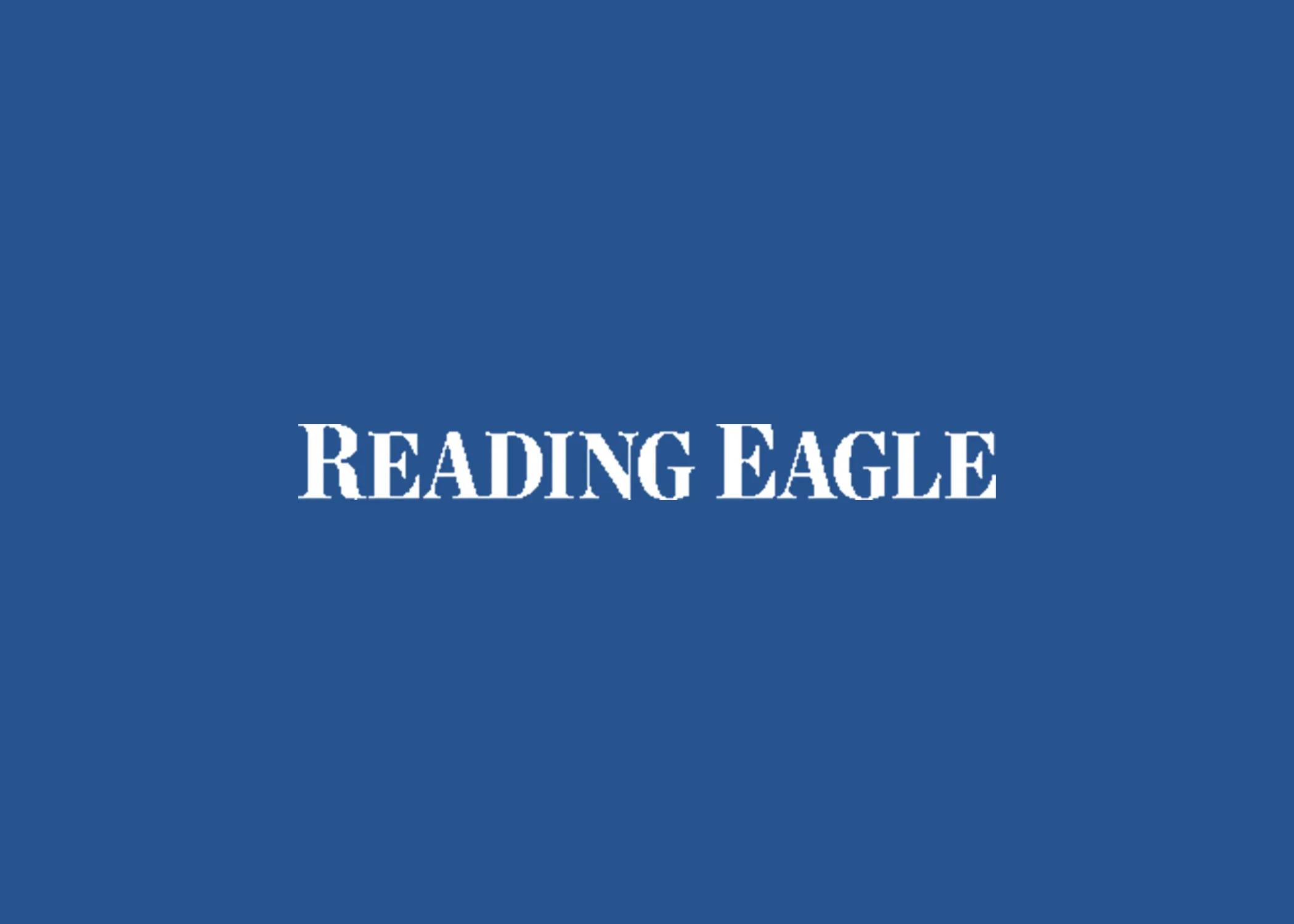By Rhiannon Stevens
Copyright abc

The ecologist and Instagrammer Dr Kylie Soanes was in her home office recently, making a video for her followers about the Victorian Grassland Earless Dragon.
The palm-sized lizard — last spotted in 1969 and thought to be extinct — was rediscovered in 2023 in a paddock on Melbourne’s rapidly urbanising western fringe. The city’s tabloid newspaper, The Herald Sun, has accused the lizard of worsening Victoria’s housing crisis by slowing construction.
“We have to move past this houses or species dichotomy, it’s ridiculous and damaging,” Soanes says in the video.
Soanes, who is a research fellow at The University of Melbourne, wants to save the plants and animals that cling to life in our cities and towns.
“Part of the reason I started doing social media was to gauge how true it is when a politician or a layman tells me that conservation isn’t important to the average person,” Soanes tells the ABC.
She is wearing a fleecy hoodie and grey outdoorsy pants and is standing beside the gnarled decapitated remnants of a eucalypt. The dead tree is on the edge of a new housing estate in Torquay, on Victoria’s Surf Coast south of Melbourne, near where Soanes lives. The tree was allowed to stay so it could provide habitat for birds and insects. In a place where the houses are large and the blocks are small, Soanes says leaving these pockets of green space is important for people too.
“Otherwise, they have nothing, right?”
Nature belongs in cities
Soanes grew up in Coolaroo, a working-class Melbourne suburb with one notable feature: it was the setting for Australia’s favourite suburbanites The Castle’s Kerrigan family.
“I remember when we moved in there was a backyard full of lawn weeds that were as high as your head. But they were the only things that gave you any shade because there were no trees,” Soanes says. “It’s one of the neighbourhoods that is still really under-represented in green space and access to nature.”.
She used to think she worked in urban biodiversity because it was an exciting, emerging field of research, but lately she’s had a nagging feeling that it might be for another reason.
“We weren’t the type of family that had the time or the energy or the knowledge to lobby their council for green space,” she says. Everyone, she believes, should have access to nature where they live. “It should be like a public service.”
Walking along a path snaking through the Torquey housing estate, Soanes is interrupted mid-sentence by a bird she can’t immediately identify.
The fluffy, brown, duck-like bird is floating on a pond in a small grassy park between a booming four-lane road and a row of white double-story town houses. As she pauses to watch the bird a plastic bottle, once filled with iced coffee, floats past.
“The idea that the only people that should be able to interact with native species are people that can afford to go on holiday, I mean that seems like a bit of a rip to me,” Soanes says. “Nature belongs in cities.”
Improving livability
Soanes has designed rope bridges to help endangered possums cross the road, installed floating wetlands in urban waterways, and created artificial homes for powerful owls, who often can’t find the tree hollows they prefer to nest in.
Her work is part of a growing movement to find solutions so that humans can coexist with plants and animals in urban environments, instead of worsening an already dire extinction crisis.
“There’s something really wholesome and self-healing in caring for living things that aren’t yourself as well,” Soanes says. “People should be able to walk to the bus stop and see a fairy wren or have a chuckle with a galah that’s doing flips on the power line. It has a huge impact on livability and mental health.”
Recently, Soanes saw an illuminating post on a community Facebook page. Someone had taken a photo of an eastern rosella in their backyard and was worried it was lost.
“Is this someone’s pet?” they asked.
On TikTok, Soanes saw a woman filming a tawny frogmouth perched on a balcony. She was asking how to get the bird back to the wild.
“It’s in the wild,” Soanes says, laughing.
What if she could convince people to notice what was already there, she wonders: “To show people the science that says actually you can have this stuff here, it’s surviving. Then we can get to a place where people think it’s not that ridiculous to try to make this place a little better.”
She’s now writing a book she hopes will enable people to see cities as places for nature. “There’s power in the noticing.”
After finishing the walk around the housing estate, Soanes later texts to say the bird she didn’t recognise was an Australasian grebe.
“Just in case you were going to lose any sleep over it.”



